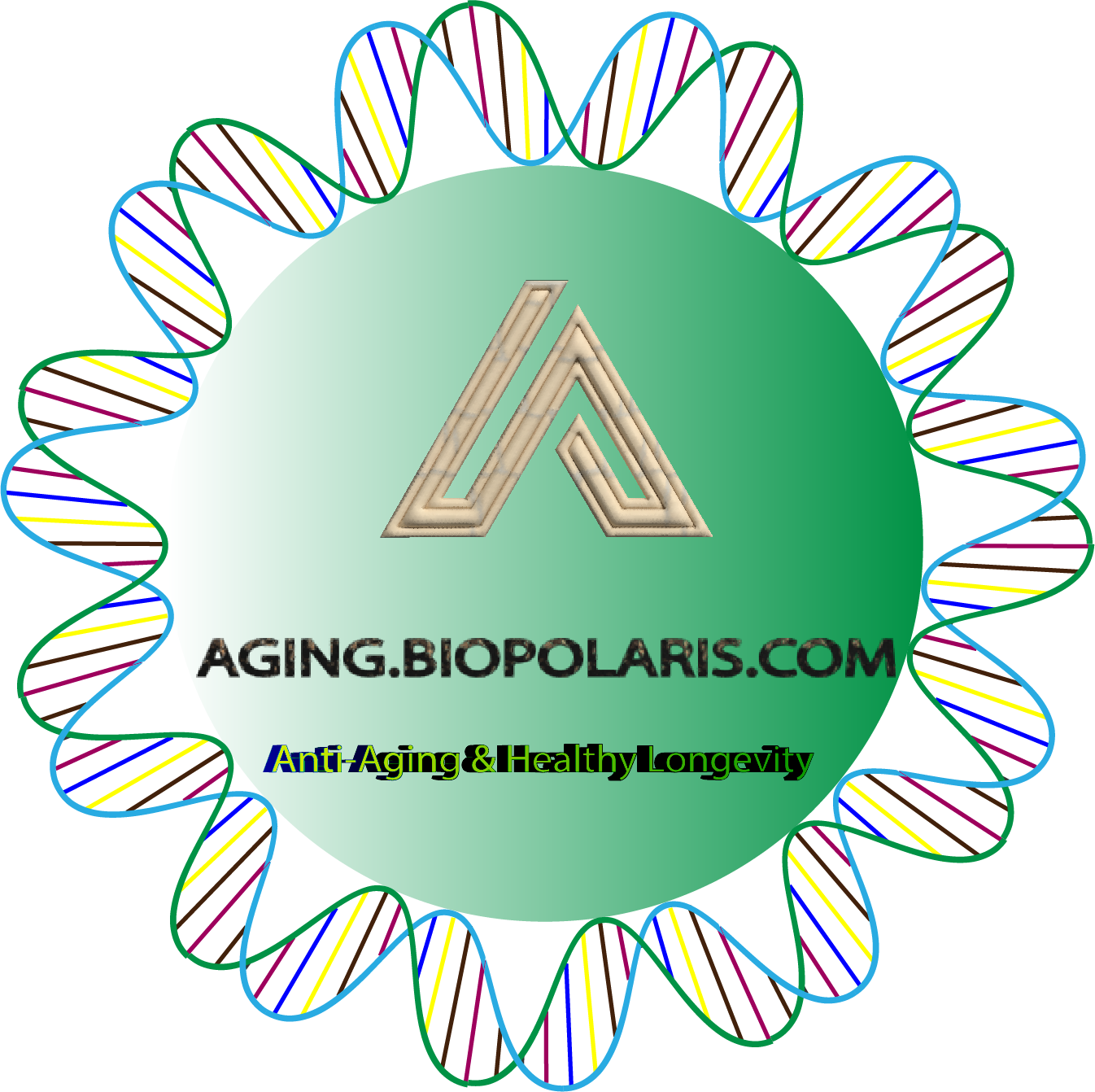Aggregator
Newfound immune cell in mice hints at why inflammation spikes with old age
Chemists cram record nine metals into trendy 2D material
Air pollution directly linked to increased dementia risk
Changing tides ushered in the world’s first civilization
Will a child survive? Older siblings have a powerful influence
Dissecting microbial communities with single-cell transcriptome analysis
Science, Volume 389, Issue 6764, September 2025.
Divergent FOXA1 mutations drive prostate tumorigenesis and therapy-resistant cellular plasticity
Science, Volume 389, Issue 6764, September 2025.
Systematic discovery and engineering of synthetic immune receptors in plants
Science, Volume 389, Issue 6764, September 2025.
Cooperative actions of interneuron families support the hippocampal spatial code
Science, Volume 389, Issue 6764, September 2025.
Lewy body dementia promotion by air pollutants
Science, Volume 389, Issue 6764, September 2025.
Epithelial tension controls intestinal cell extrusion
Science, Volume 389, Issue 6764, September 2025.
Inside a mosquito factory
In Science Journals
Science, Volume 389, Issue 6764, Page 988-990, September 2025.
Can the global drone revolution make agriculture more sustainable?
Science, Volume 389, Issue 6764, Page 972-976, September 2025.
New Products
Science, Volume 389, Issue 6764, Page 1060-1060, September 2025.
Improve the stewardship of federal research funds
Science, Volume 389, Issue 6764, Page 959-959, September 2025.
Vote by Dutch lawmakers threatens major primate research center
Science, Volume 389, Issue 6764, Page 966-967, September 2025.
India tests new tools to predict local monsoon floods
Science, Volume 389, Issue 6764, Page 965-966, September 2025.
Carcinogenic metal detected in air after LA fires
Science, Volume 389, Issue 6764, Page 964-965, September 2025.
Was a blob of dark matter spotted in the Milky Way?
Science, Volume 389, Issue 6764, Page 962-963, September 2025.
